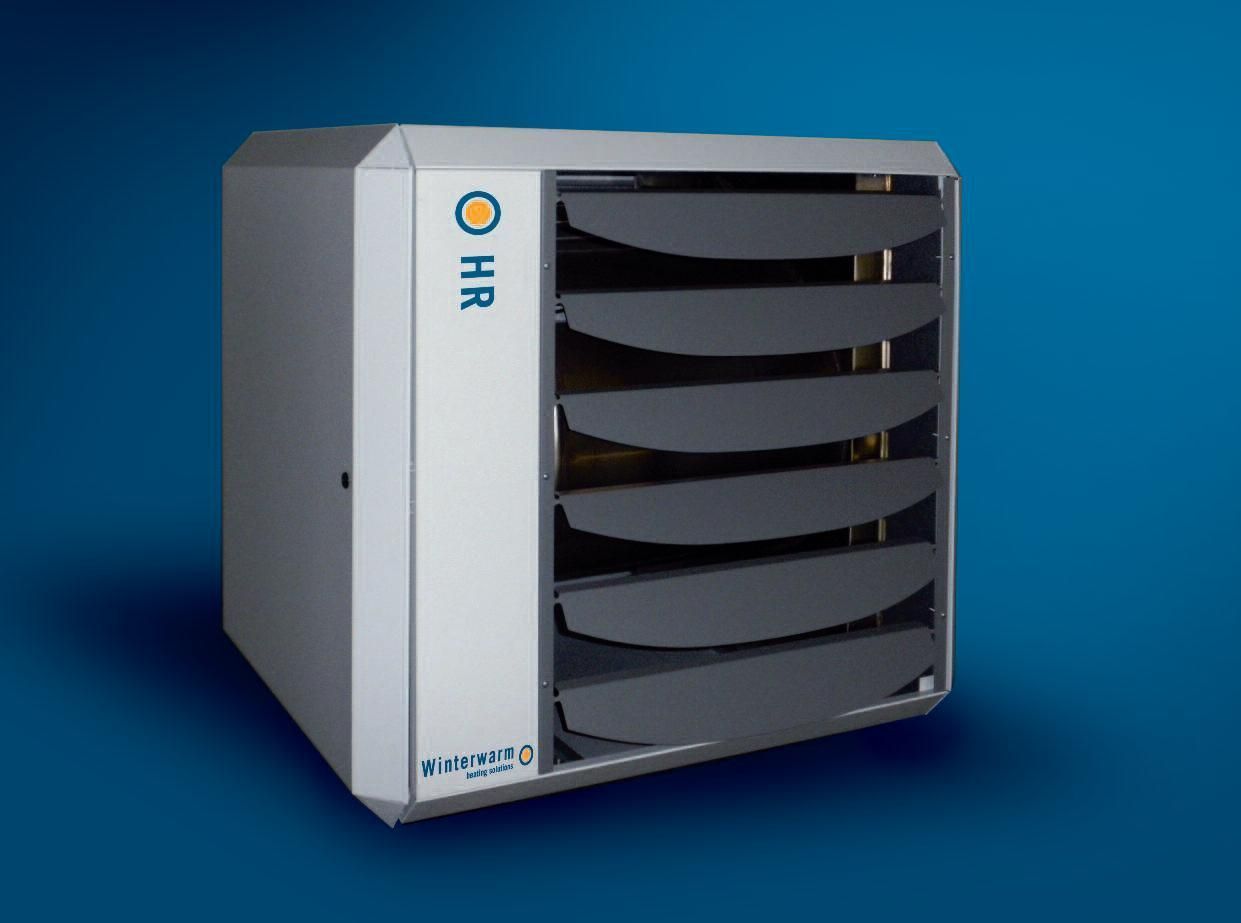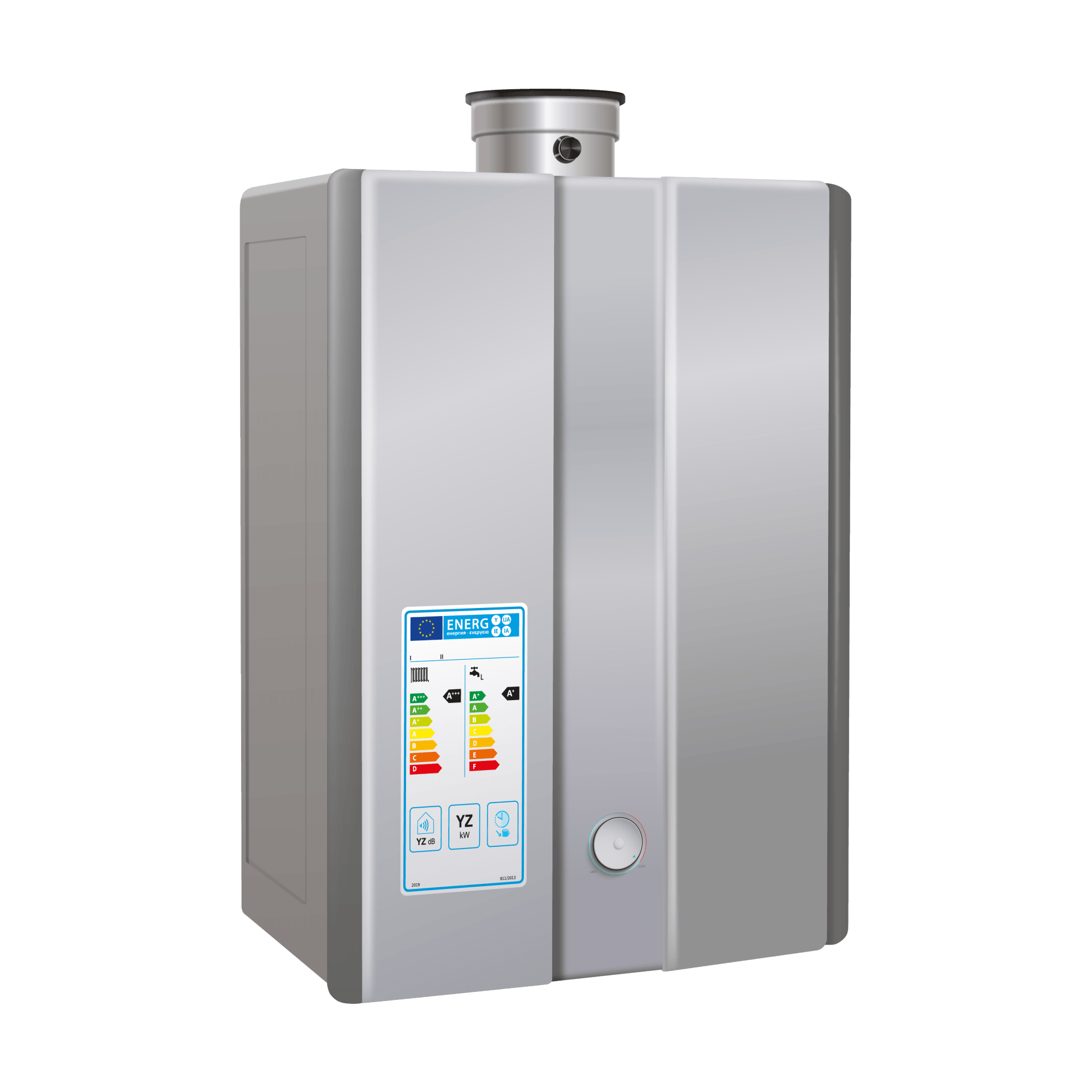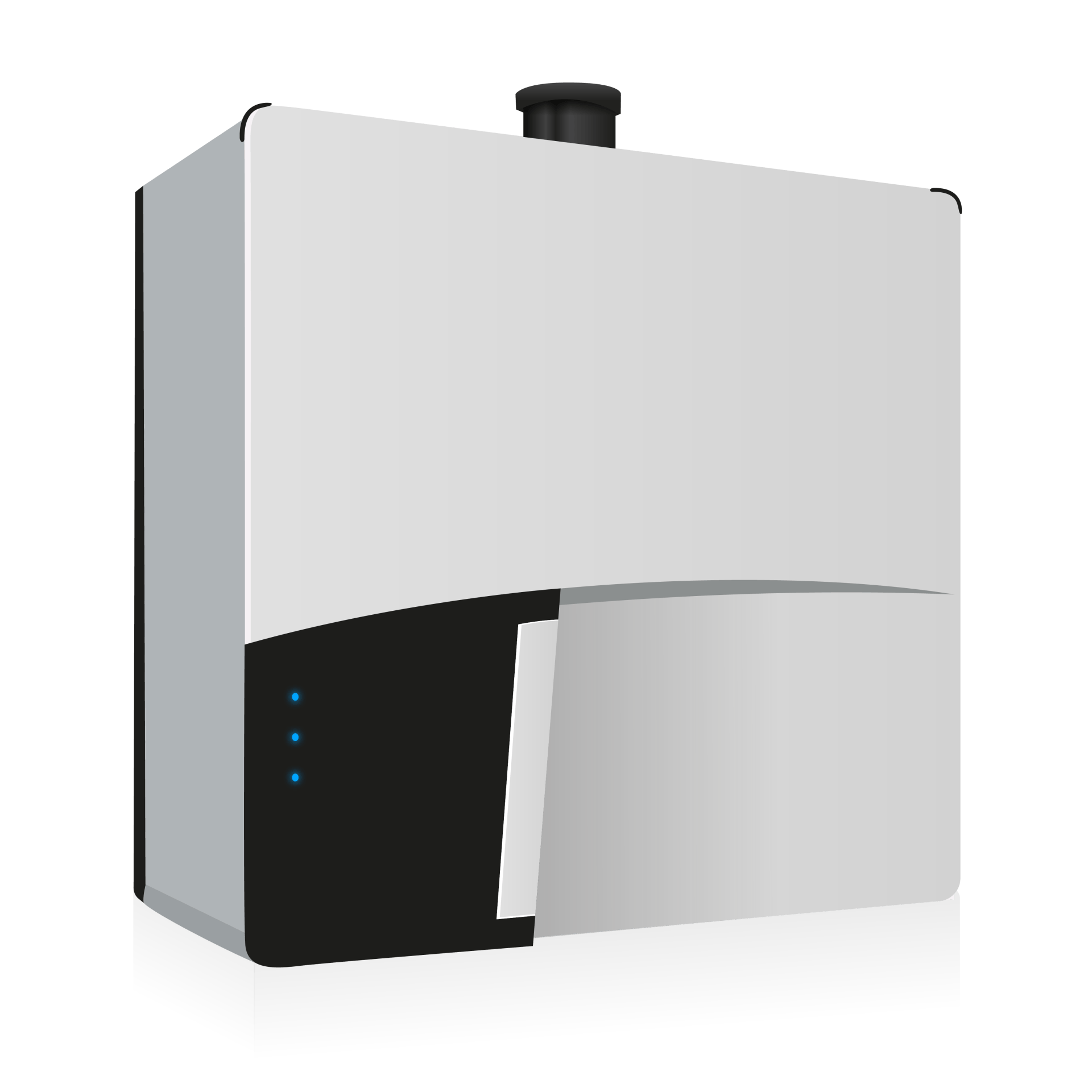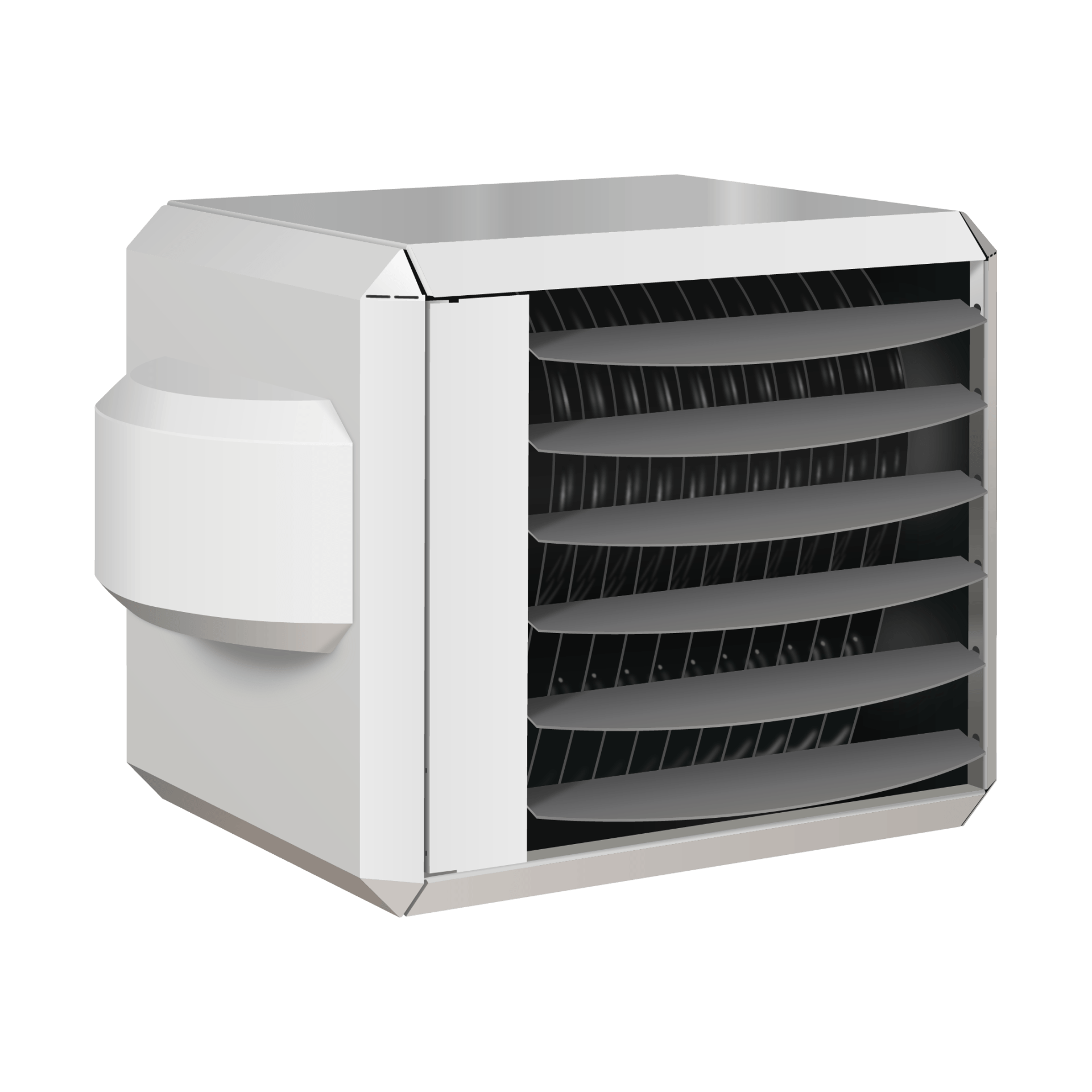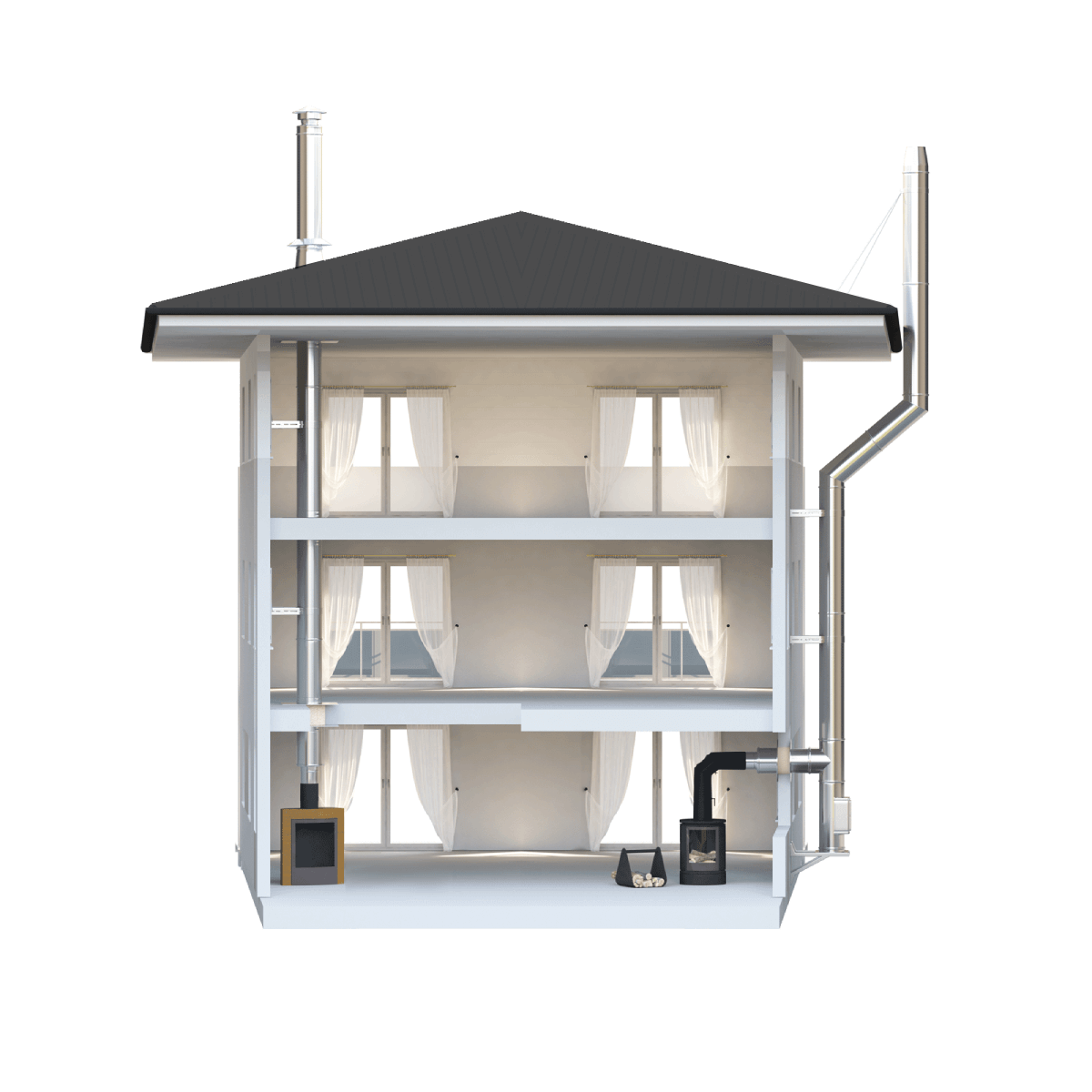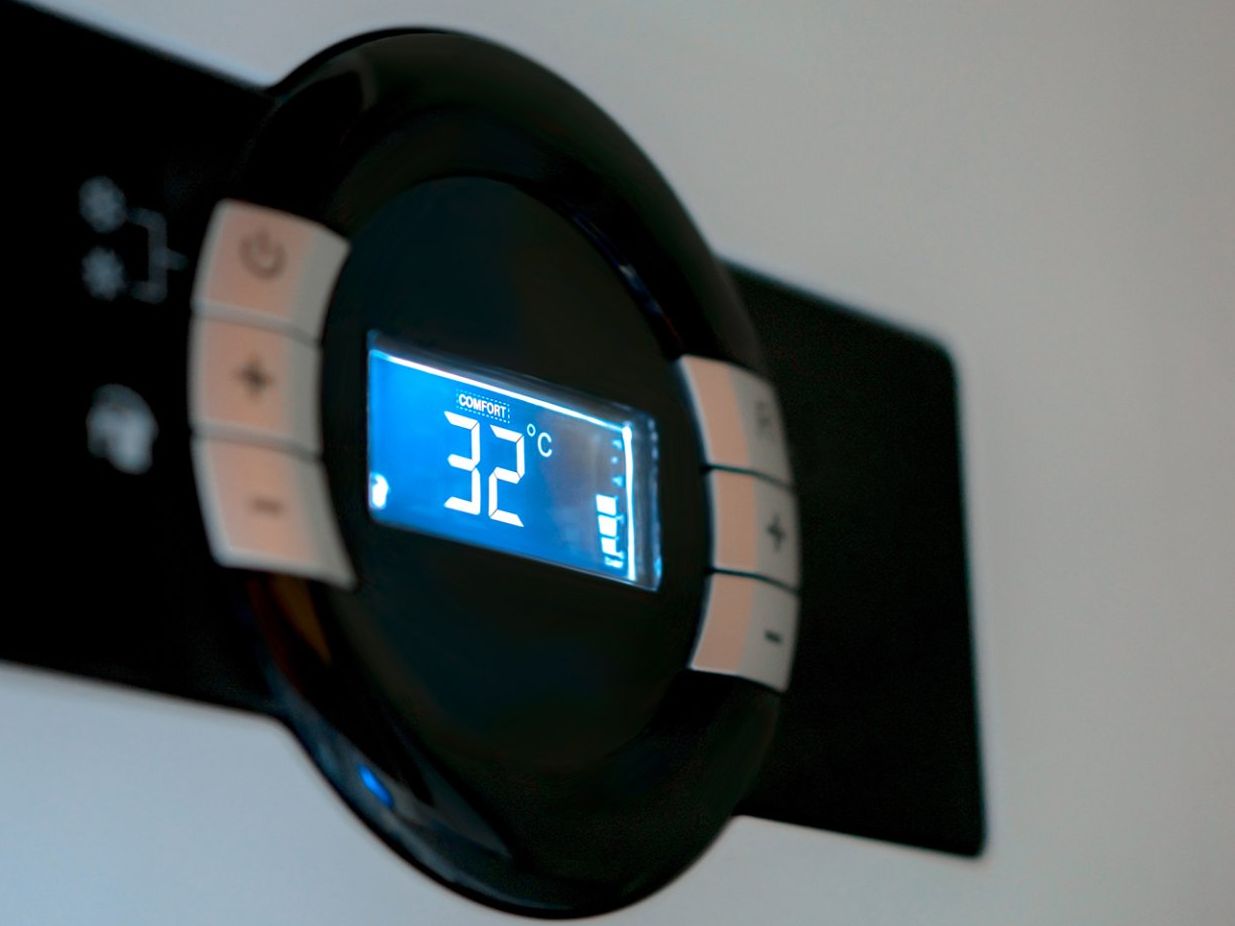Ensuring Safety With Heaters: Navigating Regulations and Standards With Confidence
Imagine a cosy evening, with the gentle warmth of a heater filling the room, creating a soothing ambience. But before you can fully relax, it's crucial to ensure that safety measures are firmly in place.
Navigating the labyrinth of regulations and standards surrounding heaters can be daunting, yet essential for peace of mind. With a focus on safety, it's time to unravel the complexities and gain the knowledge needed to confidently utilize heaters without compromising on safety.
As you explore the intricacies of heater regulations and standards, you'll discover the key to embracing warmth without hesitation.
Understanding Heater Regulations
To ensure the safe operation of heaters and mitigate potential fire and carbon monoxide risks, it's crucial to adhere to heater regulations and standards set forth by regulatory bodies and industry organisations. When using heating appliances, it's imperative to follow safety advice and guidelines to prevent fire risk and carbon monoxide poisoning. Regulations regarding electrical safety, product safety, and fire risk are designed to safeguard individuals and property from potential hazards associated with the use of heaters. These regulations stipulate specific requirements for different types of portable heaters, including fan heaters and halogen heaters, to ensure their safe operation. It's essential to carefully read and follow the warnings and instructions provided by manufacturers to understand the proper use of heaters and mitigate potential risks.
Understanding heater regulations is vital for ensuring compliance with safety standards and minimizing the risk of fire or carbon monoxide poisoning. Regulatory compliance not only enhances safety but also promotes the efficient and effective use of heating appliances. By adhering to these regulations, individuals can confidently use heaters, knowing that they're operating within the parameters of established safety standards.
Safety Standards for Portable Heaters
When using portable heaters, ensure they comply with safety standards to mitigate fire and carbon monoxide risks and safeguard against potential hazards. Safety standards for portable electric heaters are essential to maintain the health and safety of users.
These standards typically cover aspects such as surface temperature limits to prevent burns, minimum standards for electrical components to prevent fire hazards, and requirements for the inclusion of a carbon monoxide alarm to detect and alert users to the presence of this deadly gas.
It's crucial to be aware of these safety standards and ensure that any portable heaters you use meet these requirements. Failure to comply with these regulations can lead to serious consequences, including the revocation of product certifications and potential legal ramifications.
Therefore, always carefully review the safety standards when purchasing portable heaters and regularly inspect them to ensure they comply. By adhering to these regulations, you can effectively reduce the risk of fire, carbon monoxide exposure, and other potential hazards associated with portable heaters.
Mitigating Fire Risks With Heaters
Ensure that portable heaters are equipped with flame regulators to effectively mitigate the risk of fire. This is crucial for safety first, especially when using oil heaters or space heaters. Flame regulators are designed to control the flow of fuel and prevent potential fire hazards.
Additionally, fireguards should be in place to minimise the risk of accidental contact with the heating elements. When selecting a portable heater, it's essential to consider the design and performance of mitigating fire risks. Look for heaters that have undergone rigorous testing to ensure they meet safety standards and regulations.
Moreover, be mindful of the surface temperature of the heater, as it shouldn't pose a burn risk. It's also important to follow the warnings and instructions provided by the manufacturer to prevent fire incidents.
Furthermore, carbon monoxide poisoning is a serious concern when using heaters, so it's imperative to choose heaters that are equipped with safety features to minimise this risk. By being aware of these factors and selecting heaters with appropriate safety measures, you can effectively mitigate fire risks associated with portable heaters.
Carbon Monoxide Safety Measures
Considering the potential carbon monoxide risks, ensure that heaters equipped with a carbon monoxide detector are employed in enclosed spaces.
Carbon monoxide is a colourless, odourless gas that can be produced by gas appliances such as heaters. The risk of carbon monoxide poisoning is a serious concern, especially in enclosed spaces where there's limited ventilation.
When using heaters in open-air or well-ventilated areas, the risk of carbon monoxide poisoning is relatively low in terms of exposure. However, in enclosed spaces, the concentration of carbon monoxide can reach hazardous levels.
For added safety, it's recommended to use heaters with low voltage and a flame regulator to minimize the production of carbon monoxide. Additionally, regular maintenance and inspections of heaters are essential to ensure that they're functioning properly and not emitting excessive amounts of carbon monoxide.
Ensuring Surface Temperature Safety
To address the safety concern of carbon monoxide poisoning in heaters, it's essential to now focus on the critical aspect of ensuring surface temperature safety to prevent burns and fire hazards.
When using heaters, it's crucial to adhere to specific regulations and standards to ensure that the surface temperature of the device remains at a safe level. Heaters should be designed and manufactured in compliance with these regulations to prevent surfaces from reaching temperatures capable of igniting nearby materials or causing burns upon contact.
It's imperative to follow the warnings and instructions provided by the manufacturer regarding the safe operation and placement of the heater to minimize the risk of surface temperature-related incidents. Additionally, regular inspection and maintenance of heaters are necessary to ensure that they continue to operate within the specified surface temperature safety limits.
Compliance With Electrical Heater Standards
When using electrical heaters, ensure that you comply with all relevant standards and regulations to guarantee safe and proper operation. Electrical heaters must bear the CE mark to indicate conformity with health, safety, and environmental protection standards within the European Economic Area. Additionally, heaters should be equipped with a self-extinguishing facility to minimize fire risk.
Always operate electrical heaters only when fixed in position and maintain a safe distance from combustible materials. Adhering to these measures is essential for preventing potential hazards and ensuring user safety. Furthermore, make sure to retain all essential accompanying documents provided by the manufacturer for reference and compliance purposes.
Familiarize yourself with the specific regulations outlined in the Consumer Protection Act about electrical heaters to safeguard against potential risks and ensure regulatory compliance. By adhering to these standards and regulations, you can mitigate the risk of fire, electric shock, and other potential dangers associated with the use of electrical heaters.
Safely Operating Different Heater Types
After ensuring compliance with all relevant standards and regulations for electrical heaters, it's essential to understand the safe operation of various types of heaters to minimize potential risks and ensure user safety.
- When using a fan heater, always ensure that the air intake and outlet aren't obstructed to prevent overheating.
- Halogen heaters should be placed on a stable, flat surface and kept away from flammable materials to reduce the risk of fire.
- Gas fires must be installed and serviced by a qualified professional to prevent gas leaks and ensure proper ventilation.
- Paraffin heaters should only be used in well-ventilated areas and never left unattended.
- When using oil-filled radiators, it's important to check for any signs of damage to the power cord and ensure that they aren't placed near water sources.
- Electric fires should be plugged directly into a wall outlet and not into an extension cord to prevent overheating.
- Lastly, always follow the manufacturer's instructions when using portable heaters safely to mitigate fire hazards and carbon monoxide exposure.
Importance of Clear Warnings and Instructions
Clear and concise warnings and instructions are crucial for ensuring the safe and proper use of portable heaters, minimizing the risk of fire hazards and carbon monoxide exposure. The importance of clear warnings and instructions must be emphasized to users. Essential accompanying documents, such as user manuals and safety guides, should be accessible and capable of easy adjustment.
Users need to be aware of the risk in terms of igniting nearby combustible materials or surfaces due to high surface temperatures. Additionally, clear instructions on the self-extinguishing capability of the heater should be provided to prevent potential fire hazards. Users should also be informed about the risks associated with heaters standing unsecured and the necessary precautions to avoid accidents.
Detailed instructions regarding the appropriate minimum distance, in millimetres, between the heater and surrounding objects should be explicitly stated for user safety. By adhering to these clear warnings and instructions, users can confidently and safely operate portable heaters, mitigating potential risks and ensure a secure environment.
Conclusion
In conclusion, by understanding and adhering to heater regulations and safety standards, you can confidently mitigate fire risks and carbon monoxide exposure.
It's crucial to prioritize surface temperature safety and comply with electrical heater standards to ensure safe operation.
With clear warnings and instructions, you can navigate the world of heaters with confidence, knowing that you're taking proactive measures to protect yourself and your surroundings.
Share.
Comment.
Latest.
